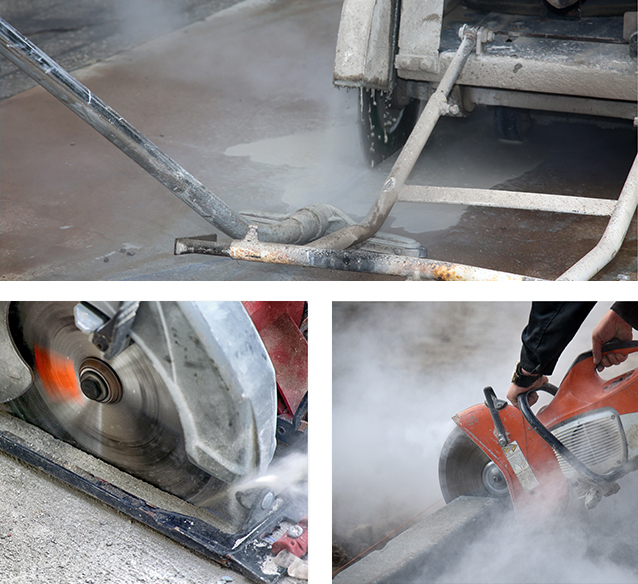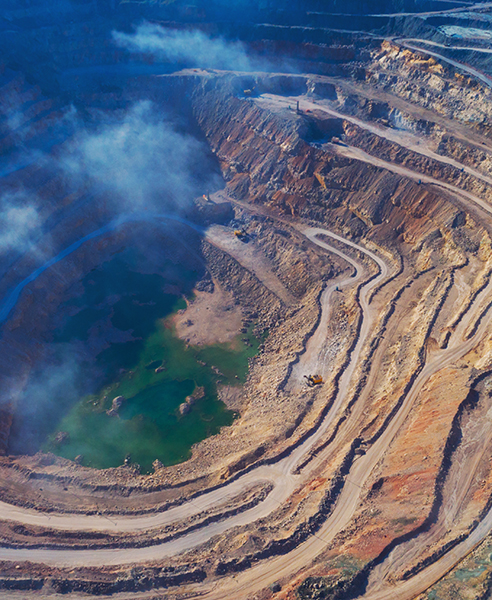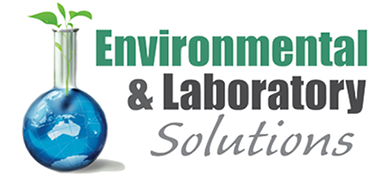What is Silica Dust?
Crystalline silica is a common mineral that is present in products such as shale, sandstone, concrete, bricks and manufactured stone. When these materials are cut, sanded or drilled, respirable silica dust can be released into the air. Silica dust is a major workplace health hazard and exposure can cause short and long term negative health effects.
Crystalline silica is found in sand, stone, concrete and mortar. It is used to make a variety of products (including benchtops, bricks and tiles). When workers cut, drill, saw or grind these products dust particles are generated which can be respired and cause adverse health effects including silicosis.
All ELS work is undertaken in compliance with Australian Standard
AS 2985-2009 Workplace atmospheres – Method for sampling and gravimetric determination of respirable dust.

Crystalline silica can be hazardous to human health
Silica accounts for a significant proportion of earth’s crust and can be found in a large variety of rocks and soils.
It comes in many different forms, such as quartz, and can bond with other elements to form silicates. Crystalline silica is the primary form which can be hazardous to human health.
Respirable Dust is the fraction of airborne dust particles that can penetrate deep in to the lungs.
Exposure standard safe work Australia has set a workplace exposure standard Quartz (respirable dust) of 0.05mg/m3 over an 8-hour work shift.
visit safe work australia for more information on exposure standards.

Monitor Silica Levels:
Workers exposed to respirable silica dust could develop short or long term health effects (including silicosis) which can cause irreversible lung damage.
If your workplace potentially has silica dust, it is essential to ensure that appropriate controls are put in place to reduce worker exposure to levels below the WHS Regulation Workplace Exposure Standards.
ELS Consultants can conduct respirable silica assessments within the workplace monitor the levels of silica dust being produced in your workplace and the level of exposure to workers.
- Conduct personal inhalable and respirable dust monitoring to determine workers exposure over an eight-hour shift;
- Conduct static dust monitoring at fixed locations to determine dust levels to areas of concern, for example to nearby work areas or a neighbouring property;
- Provide a comprehensive management plan outlining current worker exposure and provide recommendations to reduce or eliminate dust levels below the WHS guidelines; and
- Advise on effective respiratory protection and conduct face fit testing to ensure workers are fitted to the masks they are using and wearing them correctly.
Common work industries that generate respirable silica dust:
- Manufacturing of stone countertops
- Brick, concrete or stone cutting
- Abrasive blasting
- Paving and surfacing
- Clay and stone processing machine operations
- Mining, quarrying and mineral ore treating processes
Health Effects Caused by Silica Dust:
Health Effects Caused by Silica Dust
- Short and long term lung damage.
- Silicosis, an irreversible lung disease caused by the scarring of lung tissue.
- Irreversible loss of lung function.
- Conditions can worsen even after exposure has stopped.
